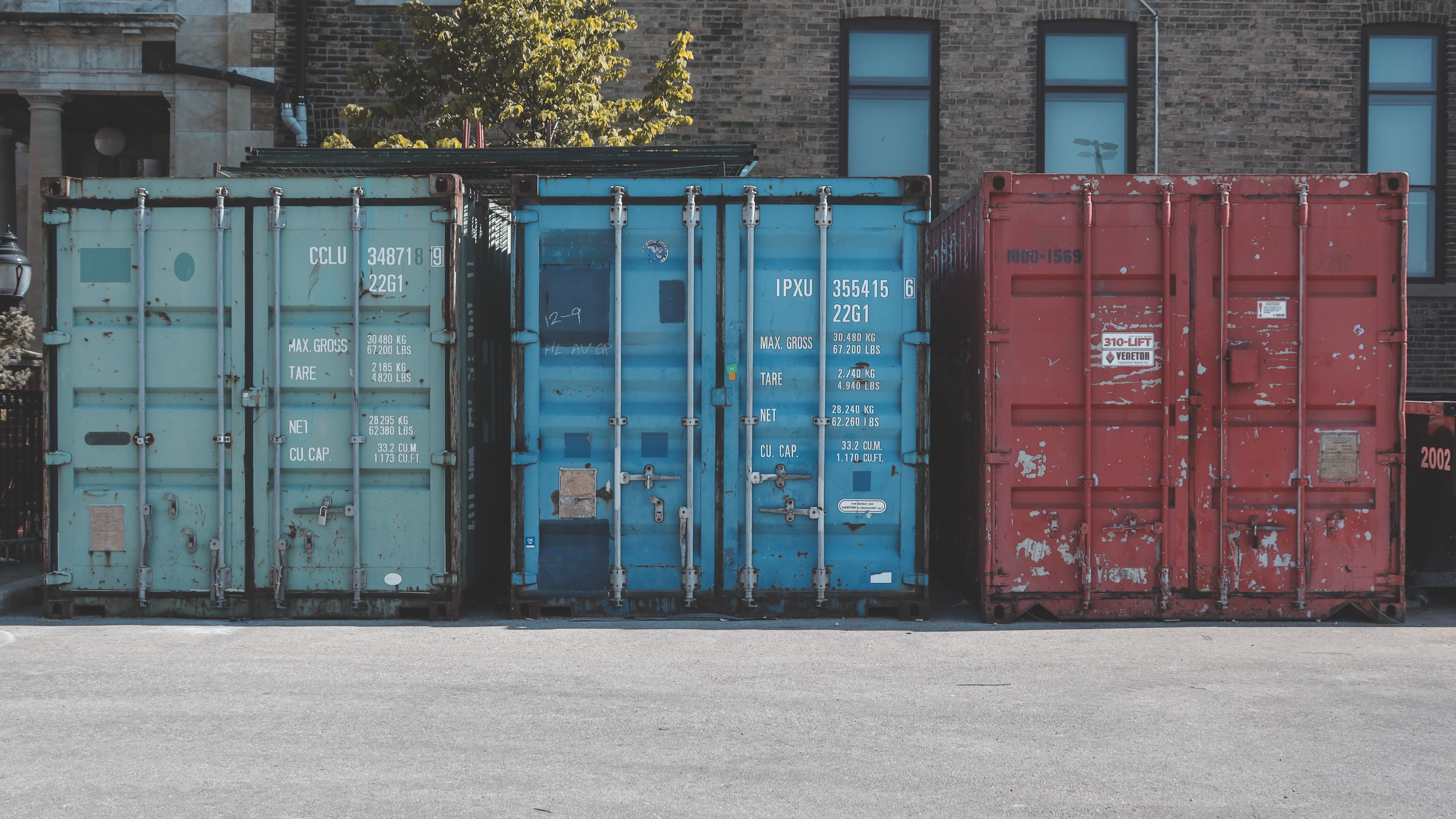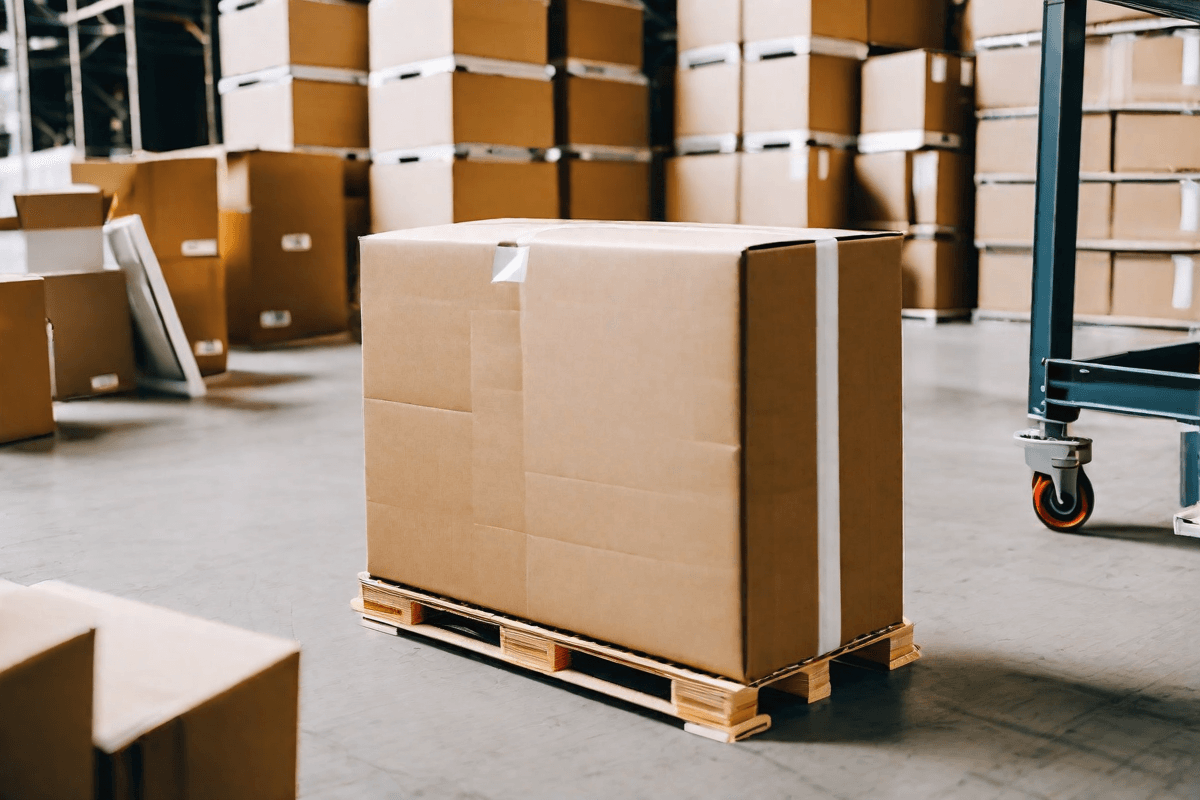
What Causes Shipping Delays? Common Shipping Problems in 2023 & How to Address Shipping Issues
Shipping delays can be a major headache for businesses and a frustration for consumers. Whether you're waiting for a package to arrive or you're responsible for the smooth flow of goods in your business, understanding the causes of shipping delays is crucial. In this article, we will delve into the basics of shipping delays, common causes in 2023, and effective strategies to address shipping issues. So, let's dive in!
Understanding the Basics of Shipping Delays
Defining Shipping Delays
Shipping delays occur when there is a , resulting in the delivery happening later than expected. This delay can happen at any stage of the shipping process, from the initial pickup of goods to the last-mile delivery.
When it comes to shipping delays, there are various factors that can contribute to the delay. One common cause is unexpected weather conditions. Severe storms, hurricanes, or heavy snowfall can disrupt transportation routes and cause delays in the delivery of goods. Additionally, logistical issues such as transportation strikes, accidents, or mechanical failures can also lead to shipping delays.
Another factor that can contribute to shipping delays is customs clearance. When goods are being shipped internationally, they need to go through customs for inspection and documentation. Delays can occur if there are issues with the paperwork, if the goods require additional inspections, or if there are delays in the customs clearance process.
The Impact of Shipping Delays on Businesses and Consumers
The extends far beyond inconvenience. For businesses, delayed shipments can disrupt supply chains, strain customer relationships, and even lead to financial losses. Imagine a retailer who relies on a timely delivery of goods to stock their shelves. If there is a delay in the shipment, it can result in empty shelves and lost sales. Moreover, businesses may have to spend additional resources on expedited shipping or finding alternative suppliers to meet customer demands.
On the consumer side, late deliveries can cause frustration, inconvenience, and potentially damage brand reputation. Imagine eagerly waiting for a package to arrive, only to find out that it will be delayed. This can be especially frustrating if the package contains time-sensitive items or gifts for special occasions. Late deliveries can also disrupt personal schedules, causing inconvenience for individuals who have planned their day around the expected delivery time.
Furthermore, shipping delays can have a negative impact on brand reputation. Consumers expect reliable and timely delivery of their orders, and when a company fails to meet those expectations, it can result in a loss of trust and loyalty. Negative experiences with shipping delays can lead to customers seeking out alternative retailers who can provide more reliable delivery services.
Now that we have a good understanding of shipping delays, let's explore common causes that can lead to these frustrating delays.
One is inadequate packaging. When goods are not properly packaged, they are more susceptible to damage during transit. Fragile items may break, leading to delays as the shipper has to replace or repair the damaged goods. Additionally, improper packaging can also result in goods getting lost or misplaced during the shipping process, further contributing to delays.
Common Causes of Shipping Delays in 2023
Technological Challenges in Shipping
In an era of advanced technology, it may seem counterintuitive that technological challenges remain a common cause of shipping delays. However, outdated systems, software glitches, and communication breakdowns between different stakeholders can all contribute to delays. Embracing modern technology and investing in robust shipping and tracking systems can help mitigate these challenges.
One specific technological challenge that can lead to shipping delays is the use of legacy systems. Many shipping companies still rely on outdated software and hardware that are prone to glitches and malfunctions. These systems may not be able to handle the increasing volume of shipments or the complexity of modern logistics. As a result, delays can occur when these systems fail or experience errors.
Another technological challenge is the lack of integration between different stakeholders in the shipping process. For example, if the shipping company's tracking system is not seamlessly connected with the customs authority's system, delays can occur when information needs to be manually transferred or verified. Investing in integrated systems and improving communication channels between stakeholders can help streamline the shipping process and reduce delays.
Weather-Related Shipping Disruptions
Nature is unpredictable, and severe weather events such as hurricanes, snowstorms, or floods can wreak havoc on transportation networks. These conditions can make roads impassable, affect air travel, and disrupt ports and shipping operations. While we can't control the weather, businesses can take proactive measures by diversifying shipping routes and closely monitoring weather patterns to minimize the impact.
One specific weather-related challenge that can cause shipping delays is the closure of ports due to adverse weather conditions. When a major storm is approaching, port authorities may decide to suspend operations for safety reasons. This can lead to delays in loading and unloading cargo, as well as disruptions in the overall shipping schedule. To mitigate this risk, shipping companies can consider alternative ports or implement contingency plans to ensure minimal disruption during severe weather events.
Additionally, extreme weather events can also affect the transportation infrastructure, such as roads and railways. Heavy snowfall or flooding can make certain routes impassable, forcing shipping companies to find alternative routes or wait until the conditions improve. By closely monitoring weather patterns and having backup plans in place, businesses can minimize the impact of weather-related disruptions on their shipping operations.
Customs and Regulatory Hurdles
International shipping involves navigating complex customs and regulatory processes. Delays can occur when shipments get held up at customs checkpoints due to incomplete or inaccurate documentation, customs inspections or disputes, or changes in trade policies. Staying up to date with changing regulations and ensuring thorough documentation can help expedite customs clearance and reduce the risk of delays.
One common customs-related challenge that can cause delays is the lack of accurate and complete documentation. Each country has its own set of customs requirements, and failing to provide the necessary information can result in shipments being held at the border. This can happen when important details such as the value of the goods, their origin, or the nature of the products are missing or incorrect. To avoid such delays, businesses need to invest in robust documentation processes and ensure that all required information is provided accurately.
Another customs-related challenge is the increased scrutiny of shipments due to changes in trade policies or security concerns. Governments may implement stricter regulations or conduct more thorough inspections, which can lead to delays in customs clearance. To navigate these hurdles, businesses should stay informed about any changes in trade policies, maintain good relationships with customs authorities, and provide all necessary supporting documents to facilitate smooth clearance processes.
Supply Chain Bottlenecks
A well-functioning supply chain is essential for timely deliveries. However, bottlenecks can occur when there are inefficiencies or disruptions in the supply chain. These bottlenecks can take various forms, such as inventory shortages, production delays, or transportation capacity limitations. Collaborating closely with suppliers, optimizing inventory management, and adopting agile supply chain practices can address these bottlenecks and minimize delays.
One common supply chain bottleneck is inventory shortages. When demand exceeds supply or there are delays in production, businesses may not have enough stock to fulfill orders on time. This can result in delays in shipping as companies scramble to source additional inventory or prioritize certain orders. To mitigate this risk, businesses can work closely with suppliers to ensure a steady supply of goods and implement effective inventory management strategies.
Transportation capacity limitations can also create bottlenecks in the supply chain. For example, during peak seasons or periods of high demand, there may not be enough available shipping containers, trucks, or planes to accommodate all shipments. This can lead to delays as businesses wait for transportation capacity to become available. To address this challenge, companies can explore alternative transportation options, negotiate contracts with reliable carriers, or invest in their own transportation infrastructure.
Addressing Shipping Issues Effectively
Shipping issues can be a major headache for businesses, causing delays, customer dissatisfaction, and increased costs. However, there are several strategies that businesses can implement to address these issues effectively. Let's explore some of these strategies in more detail.
Implementing Advanced Tracking Systems
One of the most effective ways to address shipping issues is by implementing advanced tracking systems. These systems provide real-time visibility into the status and location of shipments, allowing businesses to proactively monitor their shipments and identify potential delays. By leveraging cutting-edge technology such as GPS tracking and RFID tagging, businesses can have a comprehensive view of their supply chain, enabling them to take corrective actions promptly. This enhanced visibility not only improves communication with customers but also reduces the risk of lost packages and helps improve overall efficiency.
For example, imagine a business that ships perishable goods. With advanced tracking systems in place, they can monitor the temperature and humidity levels of their shipments in real-time. If there is a deviation from the optimal conditions, they can quickly intervene and prevent spoilage, ensuring that their customers receive fresh and high-quality products.
Building Strong Relationships with Shipping Partners
Another crucial aspect of addressing shipping issues effectively is building strong relationships with shipping partners. The success of any shipping operation relies on the collaboration between businesses and their shipping partners, such as carriers, freight forwarders, and logistics providers. By establishing fruitful partnerships, businesses can enhance operational efficiency and reduce the likelihood of delays.
Building strong relationships with shipping partners involves maintaining open lines of communication, regularly reviewing performance metrics, and addressing any issues promptly. By working closely with their partners, businesses can identify areas for improvement and implement necessary changes to streamline their shipping processes. This collaborative approach not only helps prevent delays but also fosters a sense of trust and reliability between all parties involved.
Investing in Supply Chain Resilience
Another effective strategy for addressing shipping issues is investing in supply chain resilience. A resilient supply chain is better equipped to withstand disruptions, such as natural disasters, labor strikes, or unexpected changes in demand. By embracing practices such as dual sourcing, diversifying transportation modes, and implementing buffer inventories, businesses can enhance their supply chain's ability to adapt to unforeseen circumstances.
For instance, imagine a business that heavily relies on a single supplier for a critical component. If that supplier experiences a production delay, it could have a significant impact on the business's ability to fulfill customer orders. However, by implementing dual sourcing and having an alternate supplier in place, the business can quickly switch to the backup supplier and minimize the disruption caused by the delay.
Navigating Customs and Regulations Efficiently
For businesses involved in international shipping, navigating customs and regulatory requirements is a crucial aspect of addressing shipping issues effectively. Customs-related delays can significantly impact the delivery timeline and increase costs. Therefore, it is essential for businesses to stay abreast of customs regulations and implement strategies to navigate them efficiently.
Maintaining accurate and up-to-date documentation is key to smooth customs clearance. By ensuring that all required documents are complete and accurate, businesses can minimize the risk of delays caused by customs inspections or documentation discrepancies. Leveraging technology to streamline customs procedures, such as using electronic documentation and automated customs clearance systems, can further expedite the process.
Additionally, partnering with customs brokers or consultants can provide businesses with expert guidance and support in navigating complex customs processes. These professionals have in-depth knowledge of customs regulations and can help businesses ensure compliance while minimizing delays.
In conclusion, addressing shipping issues effectively requires a combination of strategies, including implementing advanced tracking systems, building strong relationships with shipping partners, investing in supply chain resilience, and navigating customs and regulations efficiently. By proactively addressing these issues, businesses can minimize delays, improve customer satisfaction, and maintain smooth and efficient shipping operations.
Future Trends in Shipping and Delivery
The Role of Automation and AI in Shipping
As technology continues to advance, automation and AI are transforming the shipping industry. From autonomous vehicles and drones for last-mile delivery to machine learning algorithms optimizing routing and scheduling, automation offers immense potential for faster, more efficient shipping. Embracing these technologies can help mitigate delays, streamline operations, and shape the future of shipping.
The Impact of Green Shipping Initiatives
With sustainability gaining more prominence, green shipping initiatives are becoming a critical factor in the shipping industry. From alternative fuels to eco-friendly packaging solutions, businesses are increasingly expected to minimize their carbon footprint. By adopting eco-friendly practices, companies can contribute to a greener planet while also differentiating themselves from competitors.
The Rise of Local Delivery Networks
In response to the demand for fast and convenient deliveries, local delivery networks are emerging as a trend in the shipping industry. These networks utilize localized warehouses and distribution centers to facilitate same-day or next-day deliveries, reducing transit times and enhancing customer satisfaction. As these networks expand, it is essential for businesses to tap into their benefits and explore partnerships to stay competitive.
Shipping delays are undoubtedly a persistent challenge, but by understanding the causes, implementing effective strategies, and staying ahead of future trends, businesses can minimize disruptions and provide better service to their customers. By leveraging technology, optimizing operations, and fostering strong partnerships, shipping delays can become a thing of the past, creating a smoother and more efficient shipping experience in 2023 and beyond.
Nitro Logistics Team
Logistics Expert
The Nitro Logistics team brings together decades of experience in logistics, fulfillment, and supply chain optimization.
Stay Updated
Get the latest insights in logistics and fulfillment delivered to your inbox.


